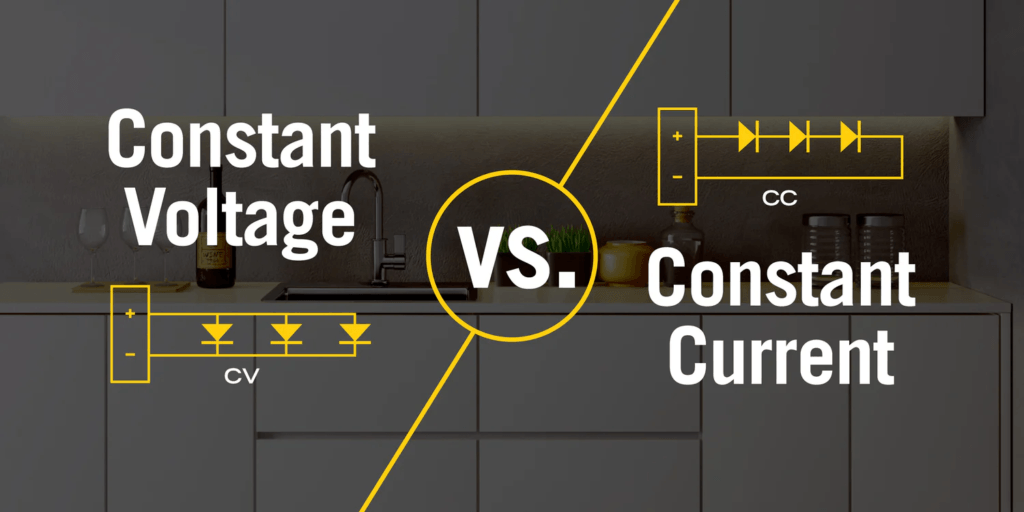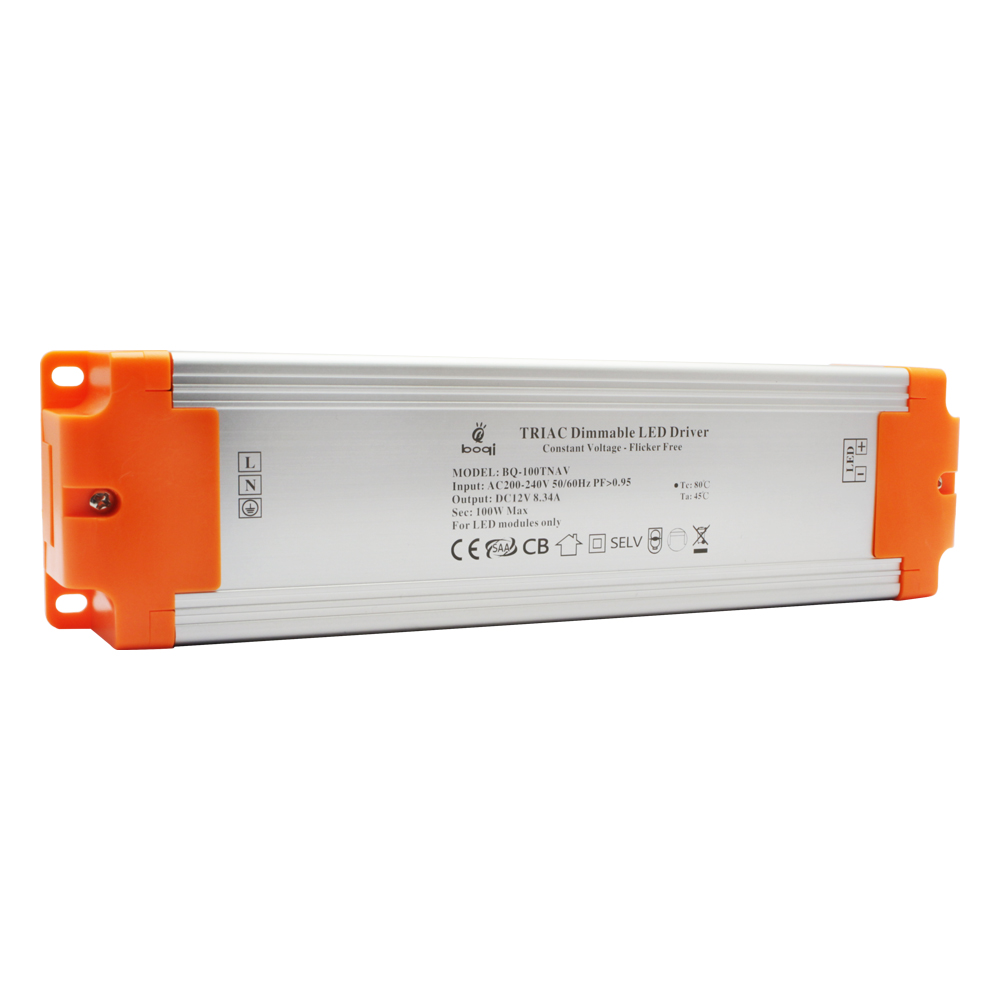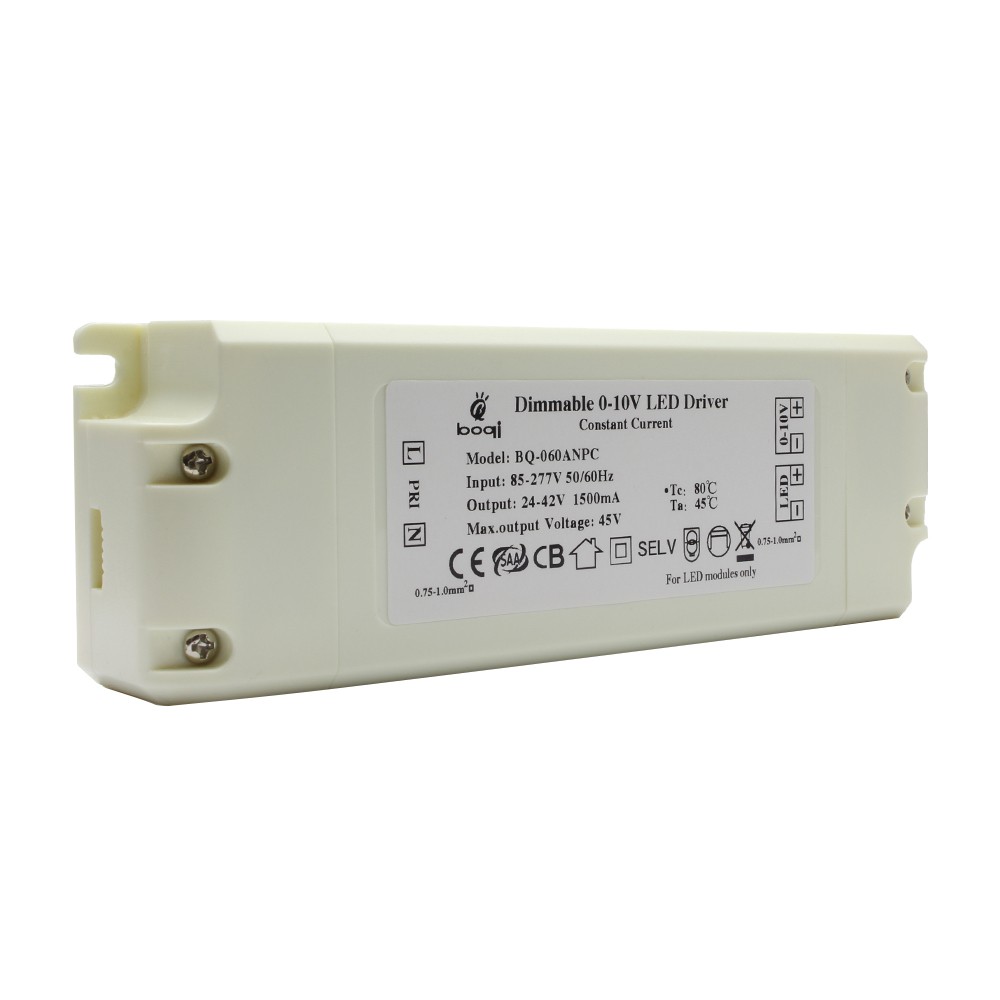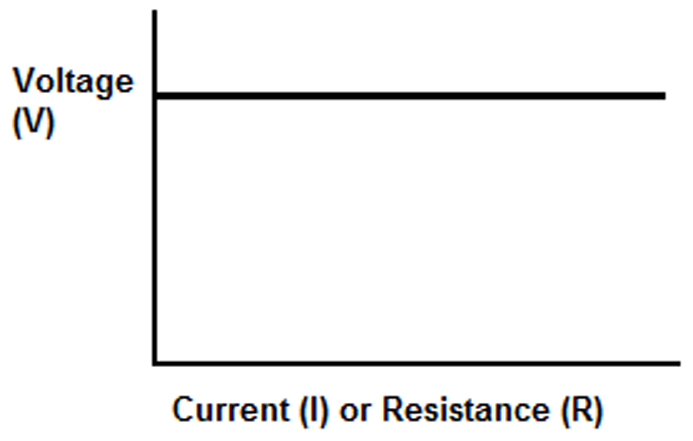LED technology has revolutionized lighting with its efficiency and versatility, but selecting the wrong Controlador LED can lead to inconsistent brightness, overheating, or reduced lifespan. Tensão constante e Constant Current LED drivers are the two main types, each designed for specific LED applications. Let’s explore the differences, benefits, and best use cases to help you make an informed choice for your LED lighting needs.
What’s the Difference Between Constant Voltage and Constant Current LED Drivers?
Constant Voltage Drivers maintain a stable voltage output while allowing current to vary based on the connected LEDs’ needs. This driver type is typically set to a fixed voltage, like 12V or 24V, and is ideal for LED setups where all LEDs can be wired in parallel. Common applications include LED strip lights and some LED modules, where a steady voltage input is critical.
In contrast, Constant Current Drivers keep the current output steady while allowing voltage to adjust as needed. These drivers are rated by the specific current they supply, such as 350mA, 700mA, or 1A, and are suited for high-power LED applications. By maintaining a consistent current, these drivers prevent overheating and support the longevity of high-output LED fixtures.

Do I Need a Constant Voltage or Constant Current LED Driver?
Choosing the right LED driver depends on your lighting application and LED type. Constant Voltage Drivers are often simpler to install, making them popular in residential and DIY setups like dimmable LED strips and decorative lighting. These drivers are generally more affordable and can power multiple LEDs connected in parallel.

On the other hand, Constant Current Drivers are ideal for applications requiring precise brightness and stable performance over time, such as architectural lighting, commercial signage, or LED displays. By keeping the current stable, they offer consistent light output across LEDs in series and extend the lifespan of high-power LEDs.

What’s the Difference Between CC (Constant Current) and CV (Constant Voltage) LED?
LEDs are compatible with different driver types depending on their design and application needs. CC LEDs (Constant Current) require a stable current supply to avoid issues like flickering or uneven brightness. These LEDs benefit from constant current drivers in settings where brightness consistency and reliability are essential.

CV LEDs (Constant Voltage), on the other hand, operate best with a fixed voltage supply. They’re commonly used in simple, low-power LED setups where a steady voltage input ensures consistent performance. Examples include LED strips and other parallel-wired LEDs, where adding or removing LEDs from the circuit is straightforward without risking fluctuations in performance.

Why Is Constant Current Better Than Constant Voltage in Some Applications?
Constant Current Drivers offer benefits that make them the preferred choice for demanding lighting applications. By maintaining a steady current, these drivers ensure that each LED in a series operates at optimal brightness, without overheating. This level of control is essential in high-power setups, where even small fluctuations in current could impact brightness and longevity. For commercial or industrial installations, constant current is essential to maintain the quality and durability of the LED system over time.
However, constant voltage drivers can still be ideal in simpler settings, especially when used with LEDs that are built with resistors to control the current. In these cases, constant voltage drivers deliver reliable lighting performance without the need for intricate current management.
Advantages and Disadvantages of Constant Voltage vs. Constant Current LED Drivers
| Driver Type | Vantagens | Desvantagens |
|---|---|---|
| Tensão constante | Simple to install, suitable for parallel wiring, ideal for dimmable setups, and often affordable | May lead to inconsistent brightness if LEDs aren’t designed for CV setups |
| Corrente constante | Ensures stable brightness and longevity, ideal for high-power applications | Generally more expensive and requires specific LED configurations |
Best Applications for Each LED Driver Type
- Constant Voltage Drivers: These drivers are often used in residential LED strip lights, decorative installations, and signage that doesn’t require high precision. They’re popular in environments where LEDs are wired in parallel and can handle minor current fluctuations.
- Constant Current Drivers: Ideal for applications demanding consistent brightness and efficiency, such as commercial lighting, architectural projects, and industrial signage. They’re perfect for high-output LEDs that need stable current to prevent overheating and ensure longevity.
Technical Considerations: Efficiency, Compatibility, and Longevity
Choosing the correct LED driver involves evaluating factors like efficiency, compatibility with your LED setup, and long-term durability. Constant voltage drivers are often regulável and suitable for setups needing voltage control, such as 12V or 24V LED strips. However, in high-power setups or professional lighting installations, constant current drivers shine by delivering reliable, uniform brightness across each LED in a series, thus extending the lifespan of the LEDs and enhancing efficiency in more demanding applications.
Resumo
The choice between constant voltage and constant current LED drivers boils down to your specific lighting needs. Constant Voltage Drivers are suitable for straightforward LED setups where simplicity and affordability are key, such as LED strips or decorative lighting. Constant Current Drivers are a better fit for high-power applications, providing stability, brightness consistency, and extended longevity. With the right driver, you can maximize the performance and efficiency of your LED lighting, ensuring lasting, reliable illumination.







